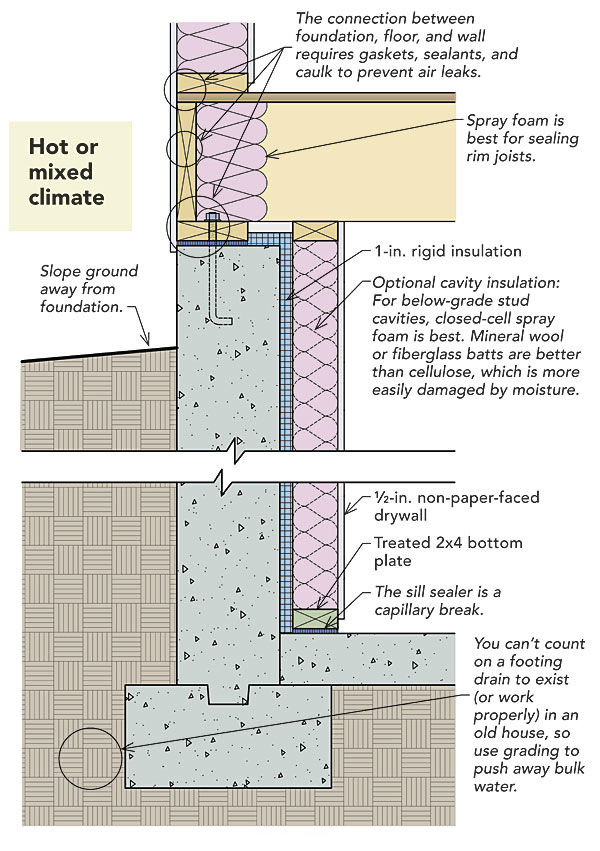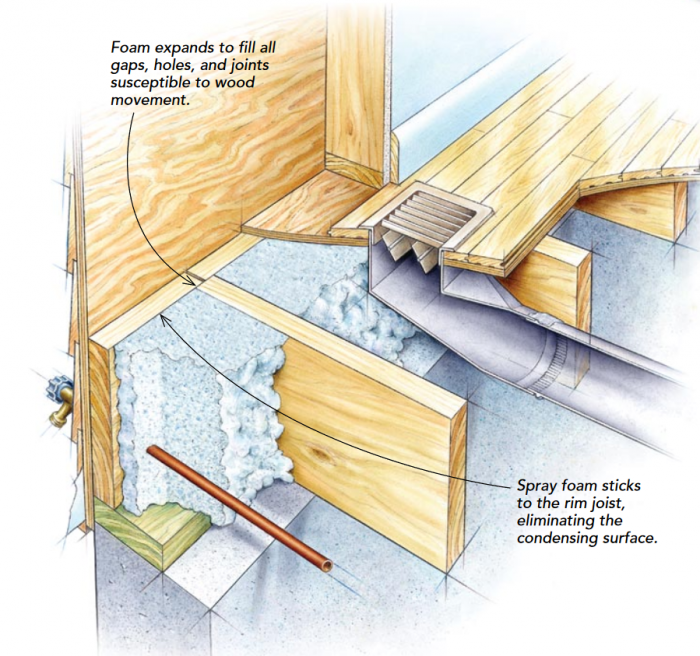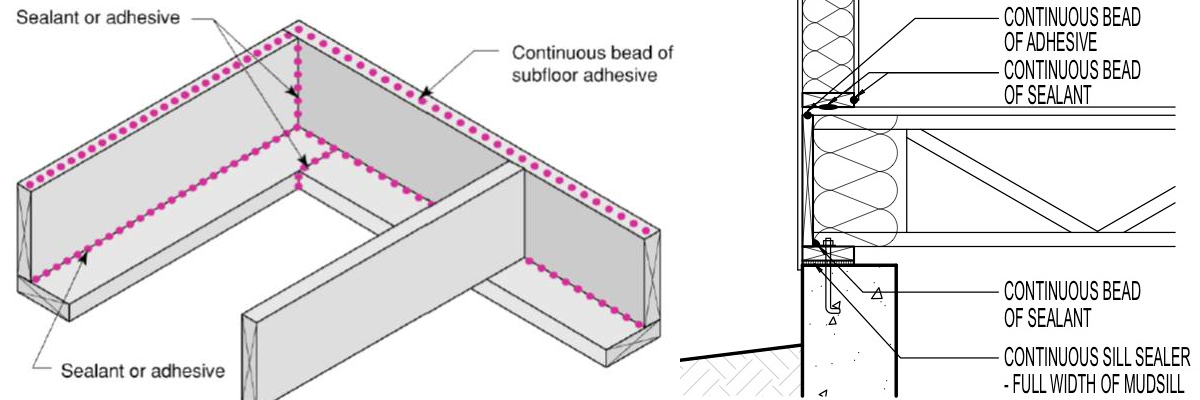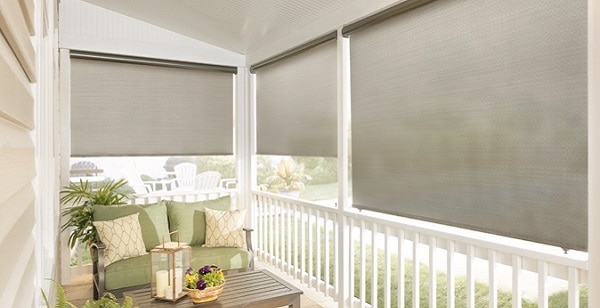
Welcome to your comprehensive guide on sill insulation! If you’ve ever felt a cold draft creeping in around the base of your walls, you’re likely experiencing the effects of inadequate sill insulation. This crucial component of your home’s thermal envelope often gets overlooked, but it plays a significant role in energy efficiency and overall comfort.
What is Sill Insulation?
Sill insulation refers to the process of sealing and insulating the area between the foundation wall and the sill plate of your home. The sill plate is the wooden beam that rests directly on the foundation, providing a base for the framing of your walls. Without proper insulation, this area can become a major source of air leakage, leading to heat loss in the winter and heat gain in the summer.
Why is Sill Insulation Important?
Proper sill insulation offers numerous benefits, including:
- Improved Energy Efficiency: By minimizing air leakage, you can reduce your heating and cooling costs.
- Enhanced Comfort: Eliminating drafts creates a more comfortable and consistent indoor temperature.
- Moisture Control: Sealing gaps prevents moisture from entering your home, reducing the risk of mold and rot.
- Pest Prevention: Properly sealed sills can deter insects and rodents from entering your home.
Types of Sill Insulation Materials

Several materials can be used for sill insulation, each with its own advantages and disadvantages:
1. Fiberglass Insulation
Fiberglass batts or rolls are a common choice for sill insulation. They are relatively inexpensive and easy to install. However, they can lose their effectiveness if they become damp or compressed.
2. Foam Board Insulation
Foam board, such as rigid polystyrene or polyurethane, provides excellent thermal resistance and moisture resistance. It is often used in conjunction with spray foam to create a tight seal.
3. Spray Foam Insulation
Spray foam insulation, either open-cell or closed-cell, is highly effective for sealing gaps and providing an airtight barrier. Closed-cell foam also offers excellent moisture resistance. This method is often preferred for hard to reach areas.
4. Sill Seal Foam
Sill seal foam is a specialized foam product designed specifically for sealing the gap between the foundation and sill plate. It compresses to fill gaps and prevents air infiltration.
How to Install Sill Insulation

Installing sill insulation can be a DIY project, but it’s important to follow proper procedures to ensure effectiveness. Here’s a general guide:
- Inspect the Area: Check for any signs of damage, moisture, or pests.
- Clean the Surface: Remove any debris or dirt from the foundation and sill plate.
- Measure and Cut: Measure the gaps and cut the insulation material to the appropriate size.
- Install the Insulation: Apply the insulation material, ensuring a tight fit. For spray foam, follow the manufacturer’s instructions carefully.
- Seal Any Gaps: Use caulk or sealant to close any remaining gaps or cracks.
Common Sill Insulation Problems and Solutions
Even with proper installation, some problems can arise with sill insulation:
1. Moisture Issues
Problem: Moisture can accumulate if the insulation is not properly sealed.

Solution: Ensure a proper vapor barrier and use moisture-resistant insulation materials.
2. Air Leaks
Problem: Gaps or cracks can allow air to leak through.
Solution: Thoroughly seal all gaps with caulk or spray foam.
3. Pest Infestations
Problem: Improperly sealed sills can attract pests.
Solution: Use durable materials and seal all entry points.
Conclusion
Sill insulation is a vital component of a well-insulated and energy-efficient home. By understanding the importance of sill insulation and choosing the right materials and techniques, you can significantly improve your home’s comfort and reduce your energy costs. Take the time to inspect and address any insulation issues in your sill area, and you’ll reap the benefits for years to come.





